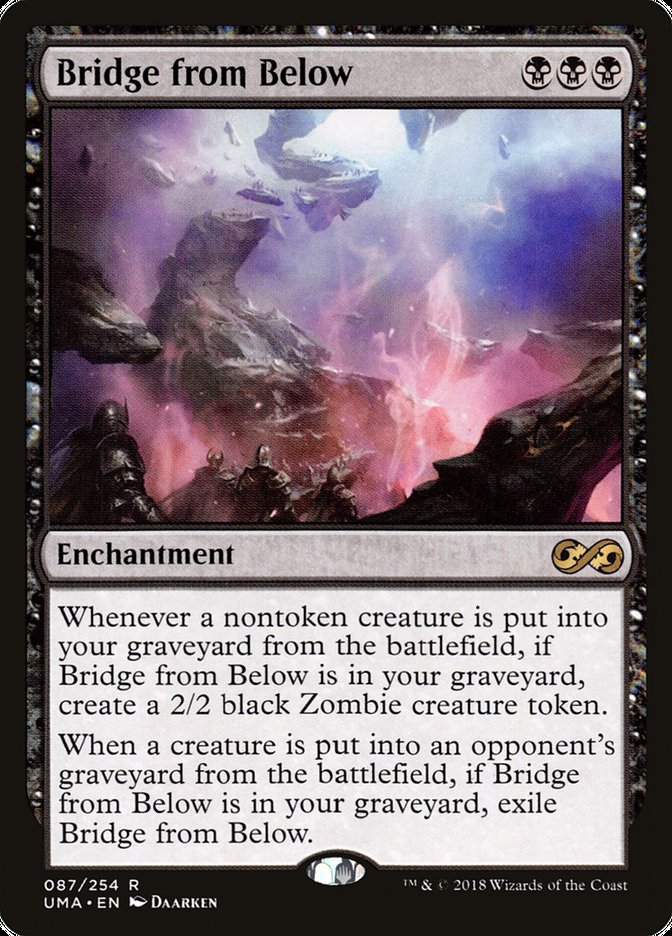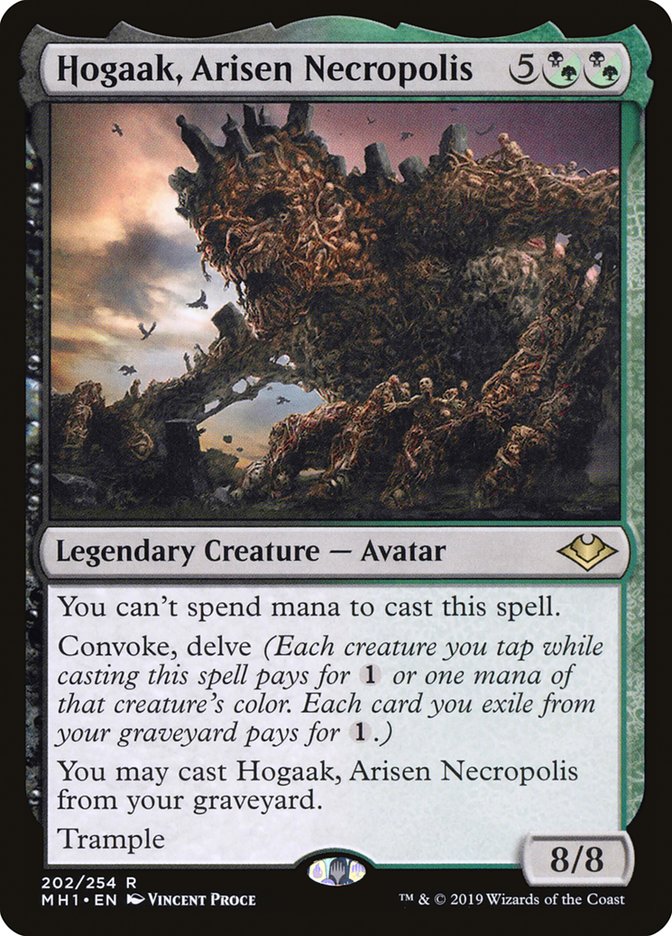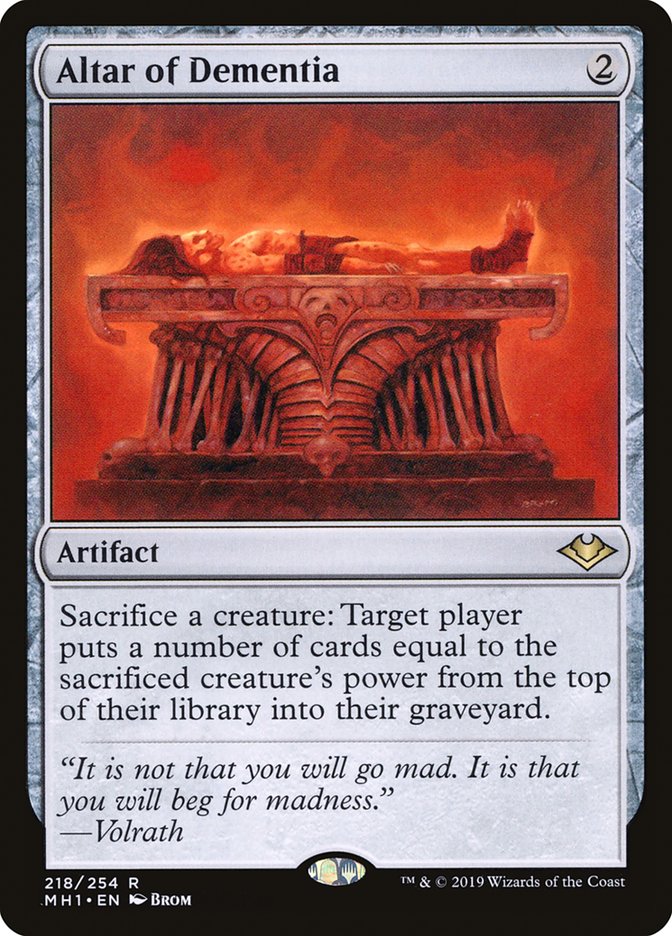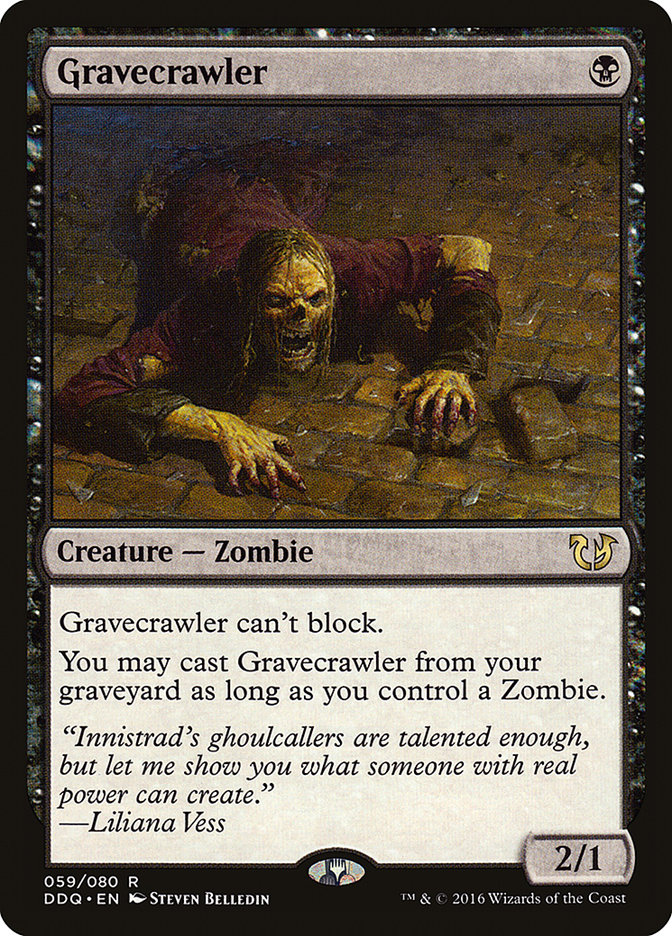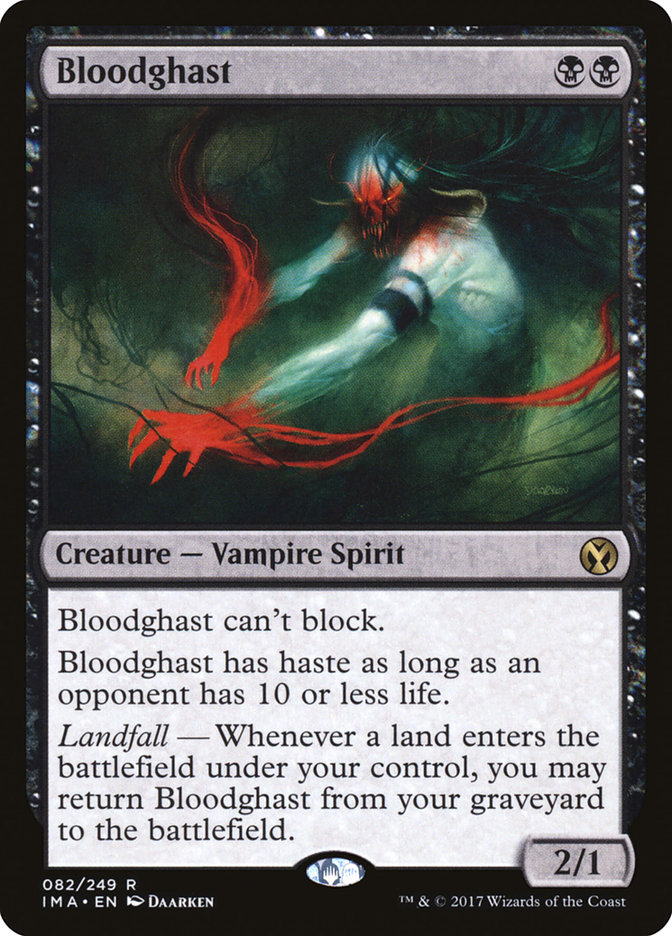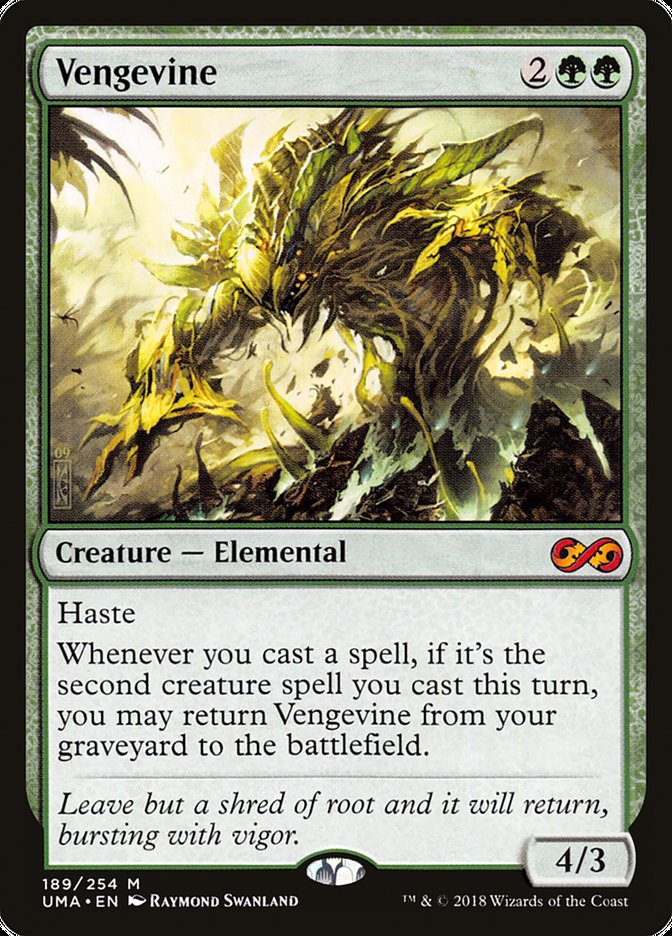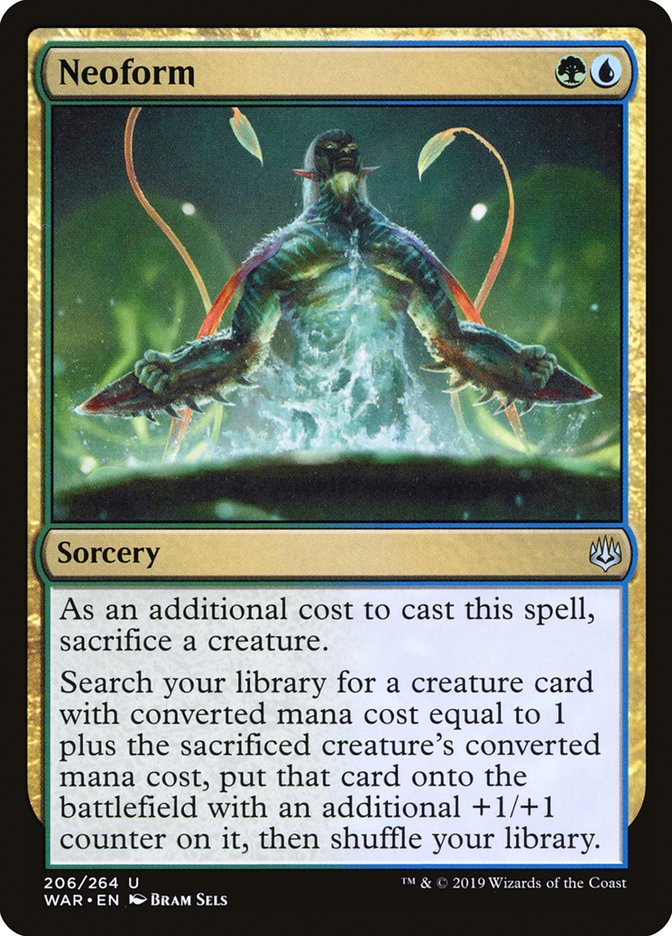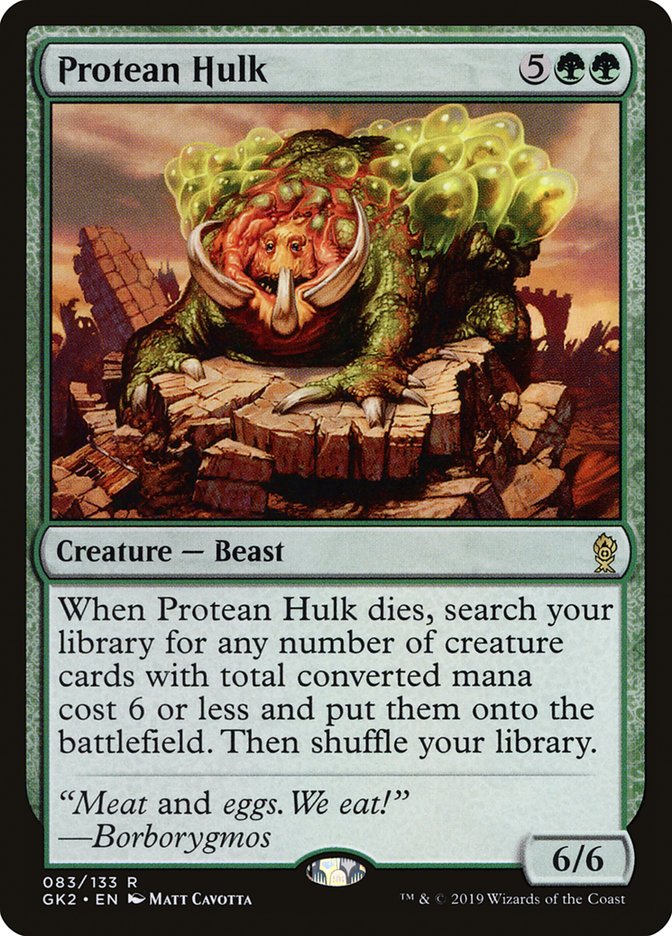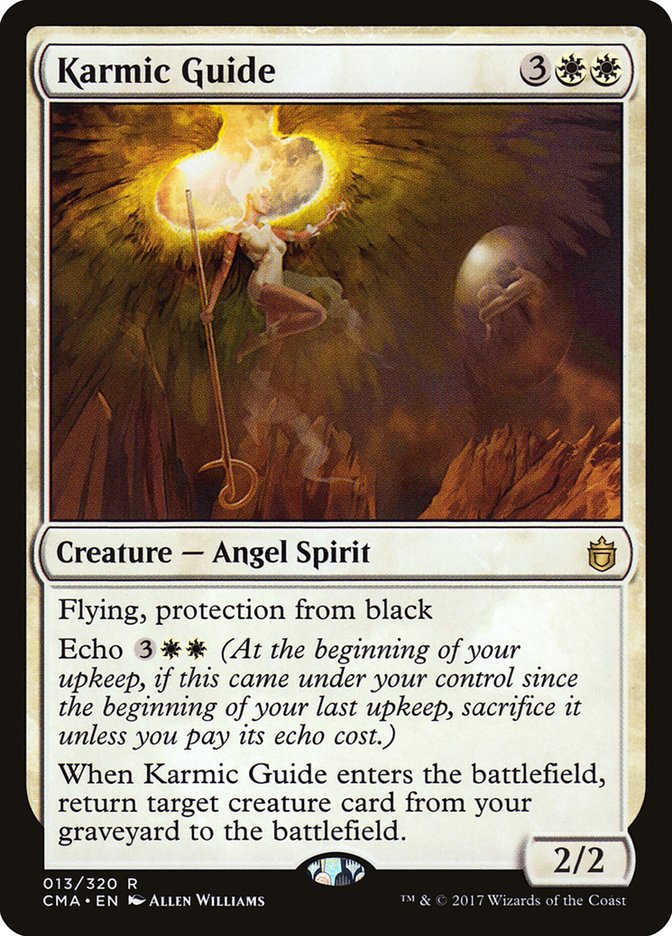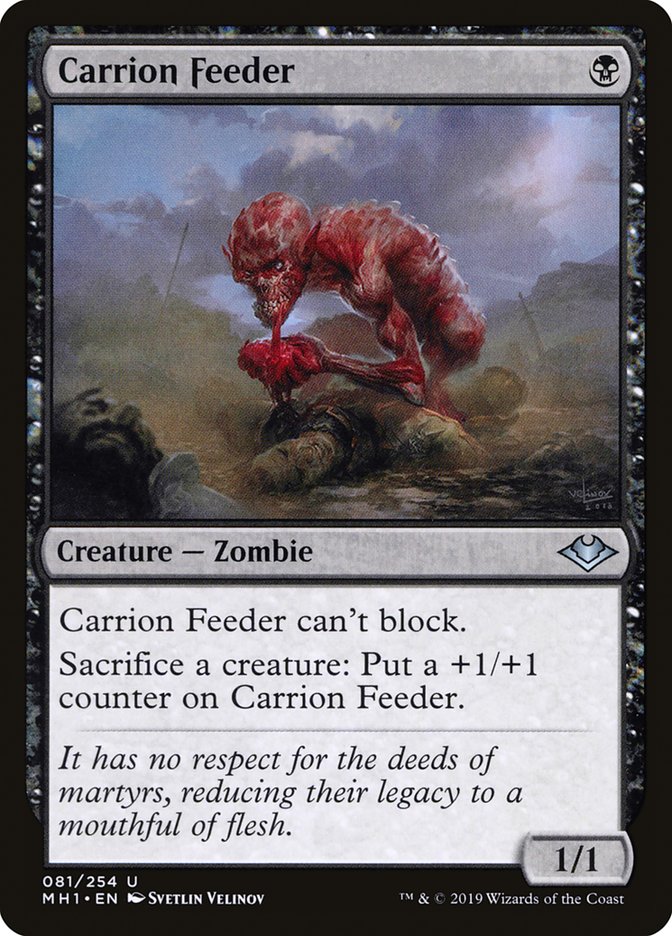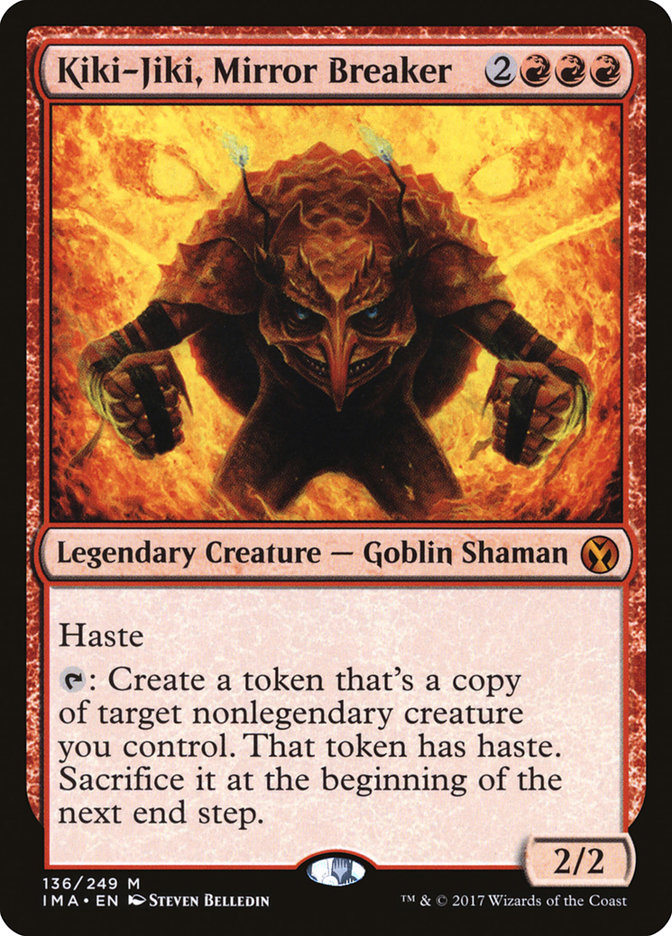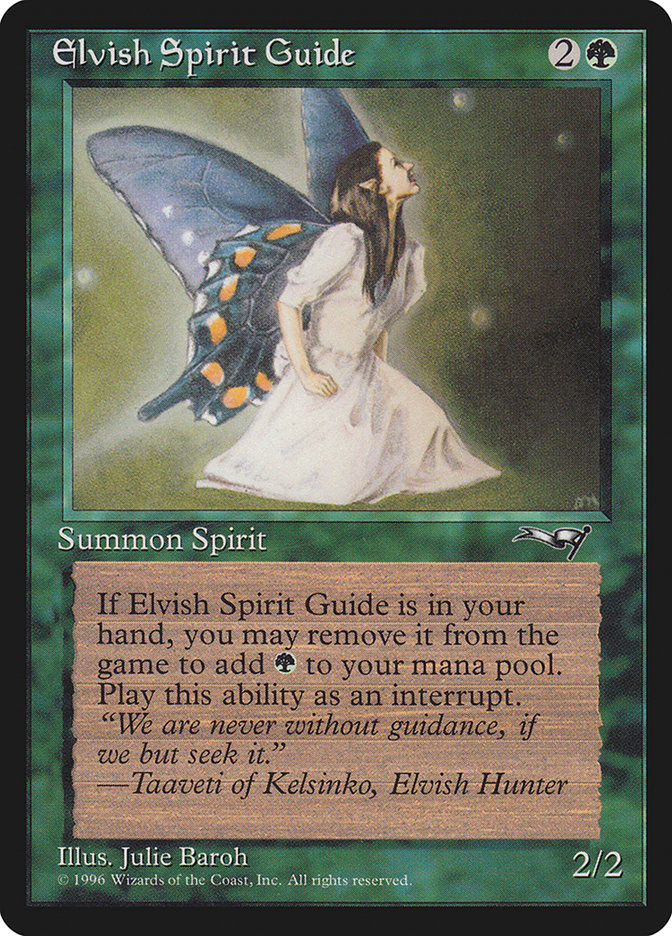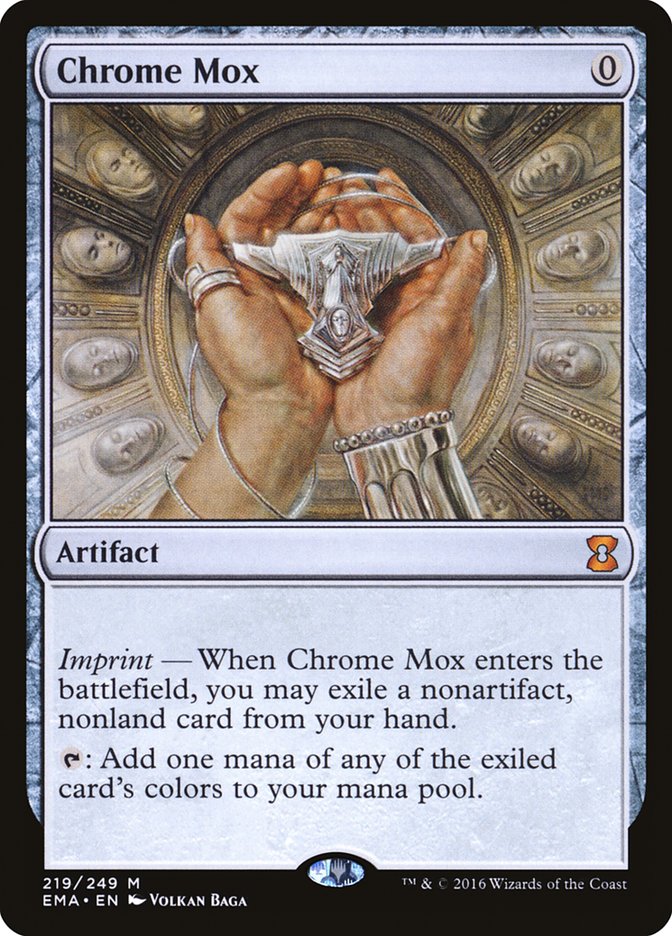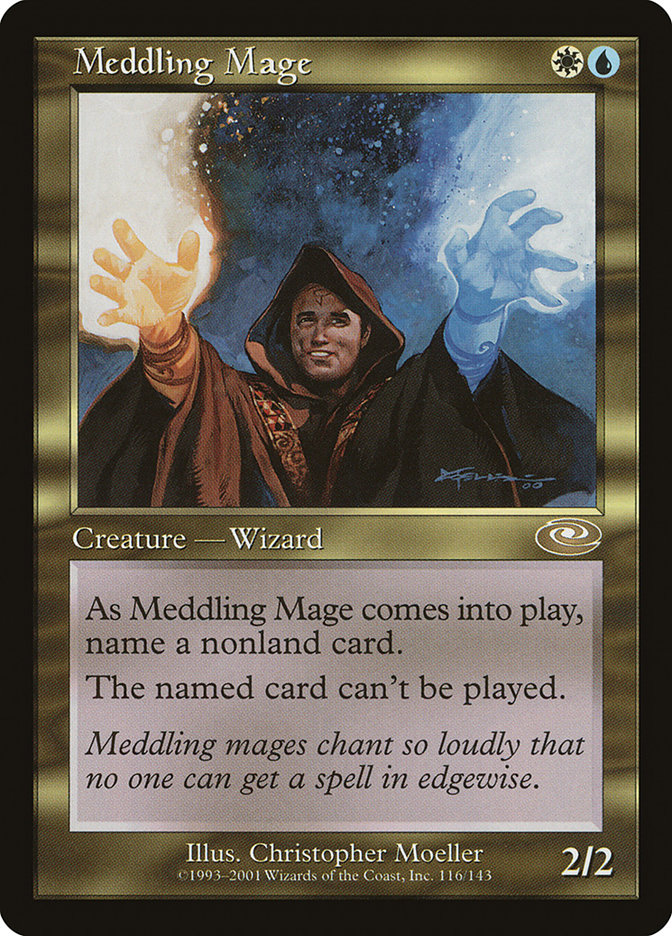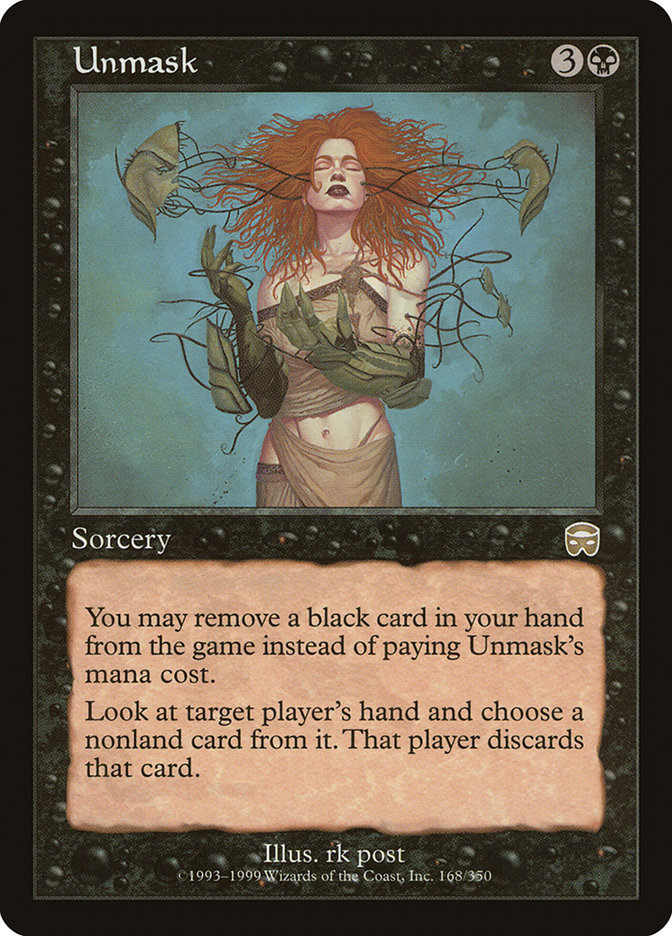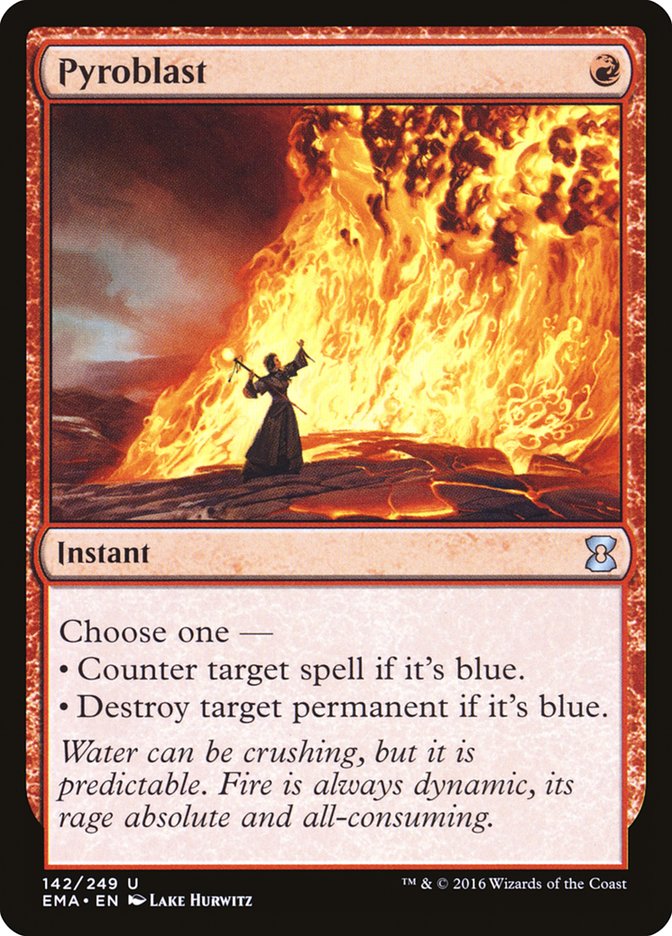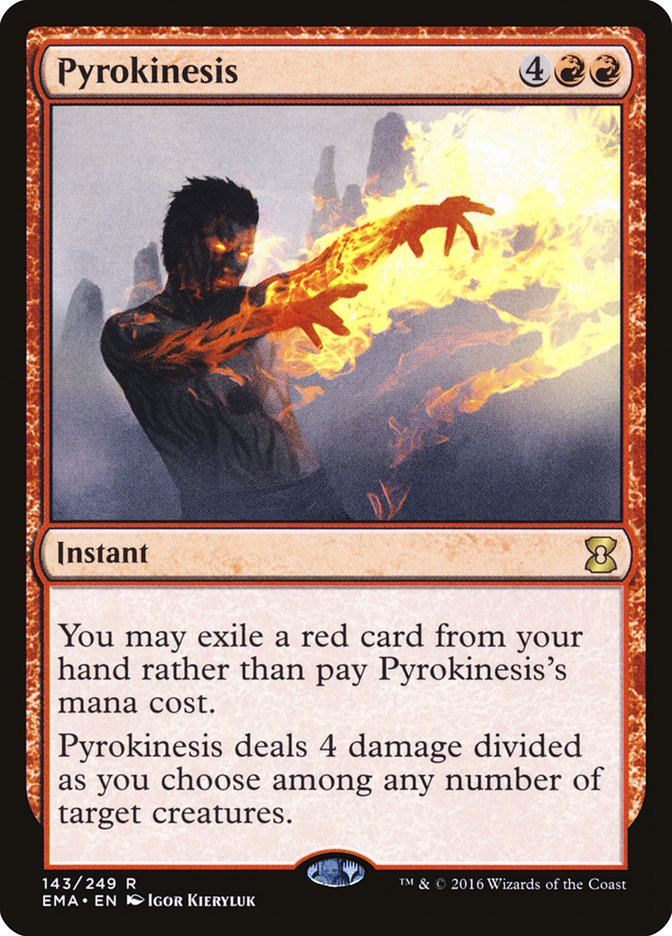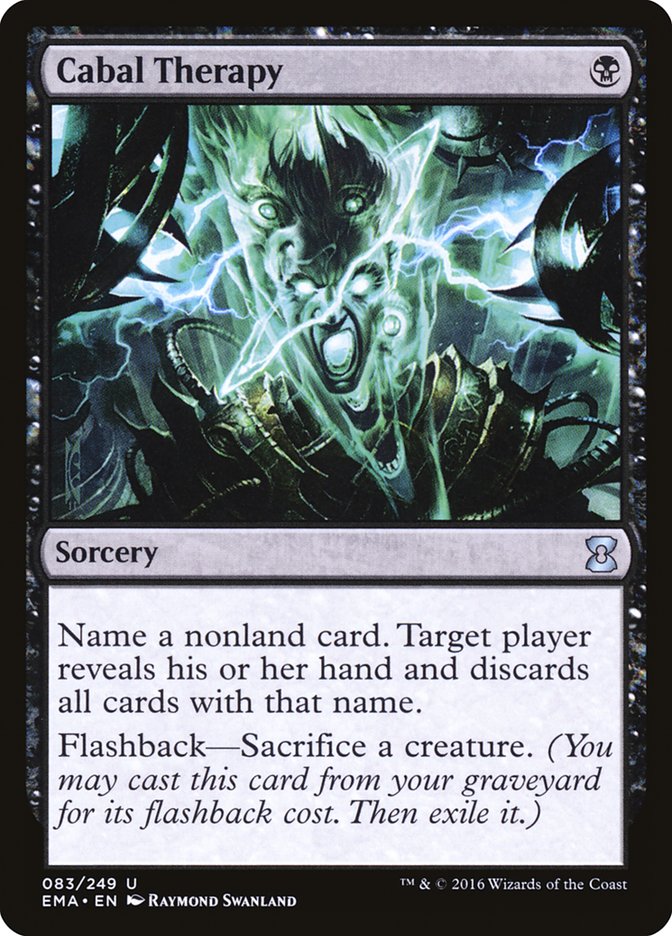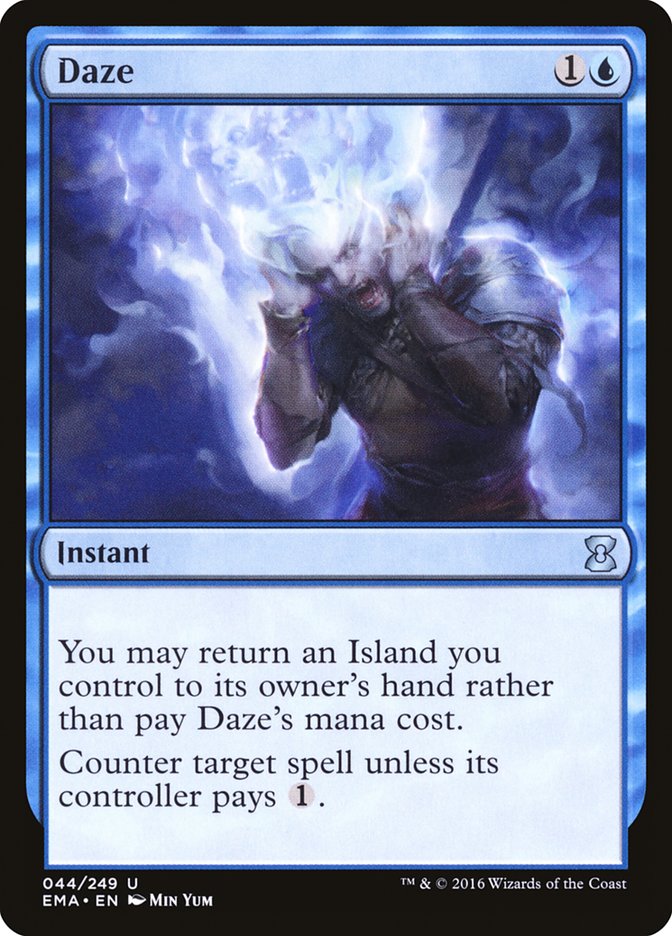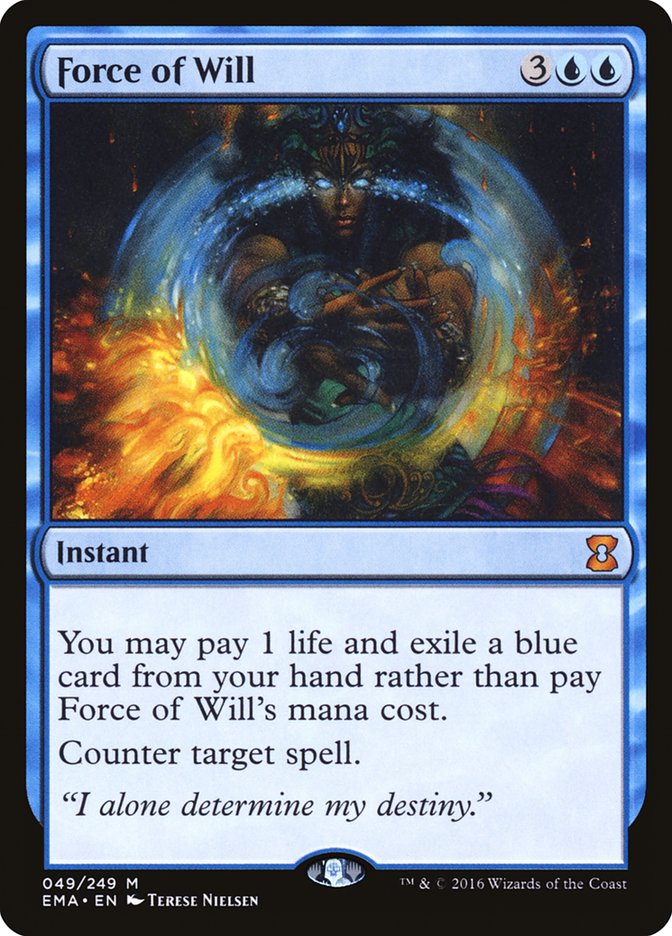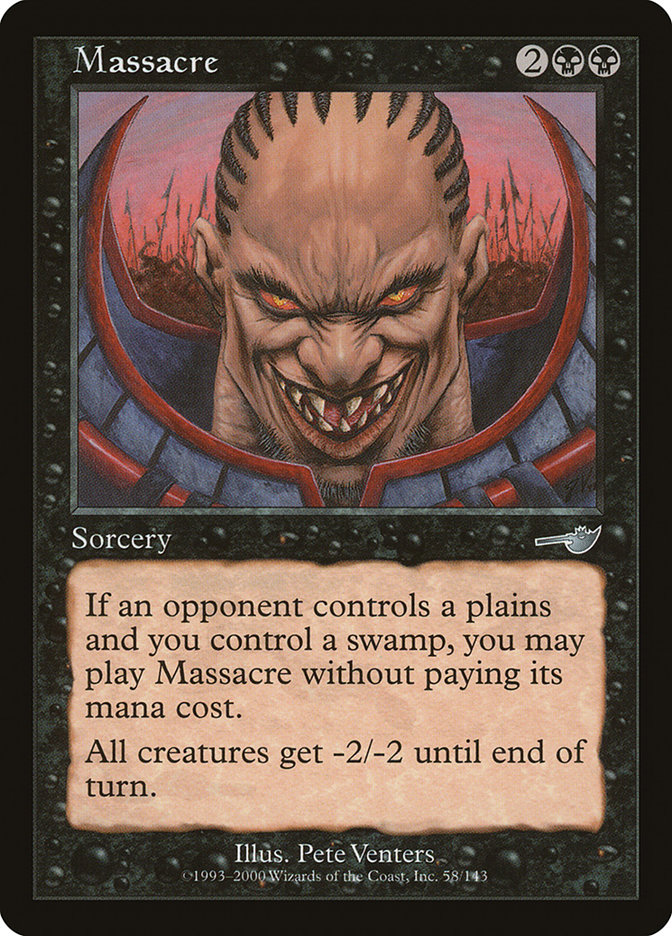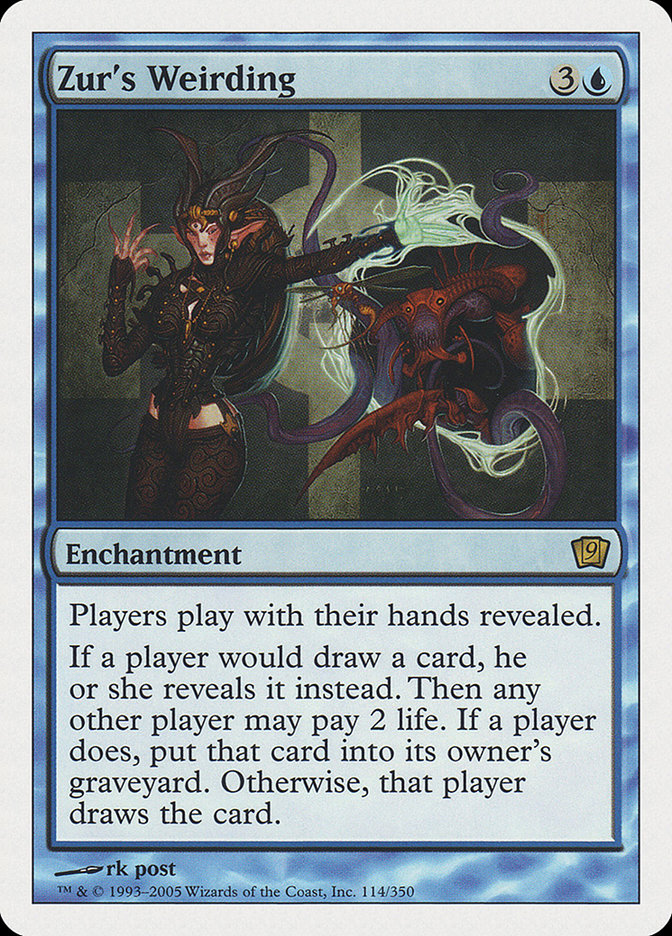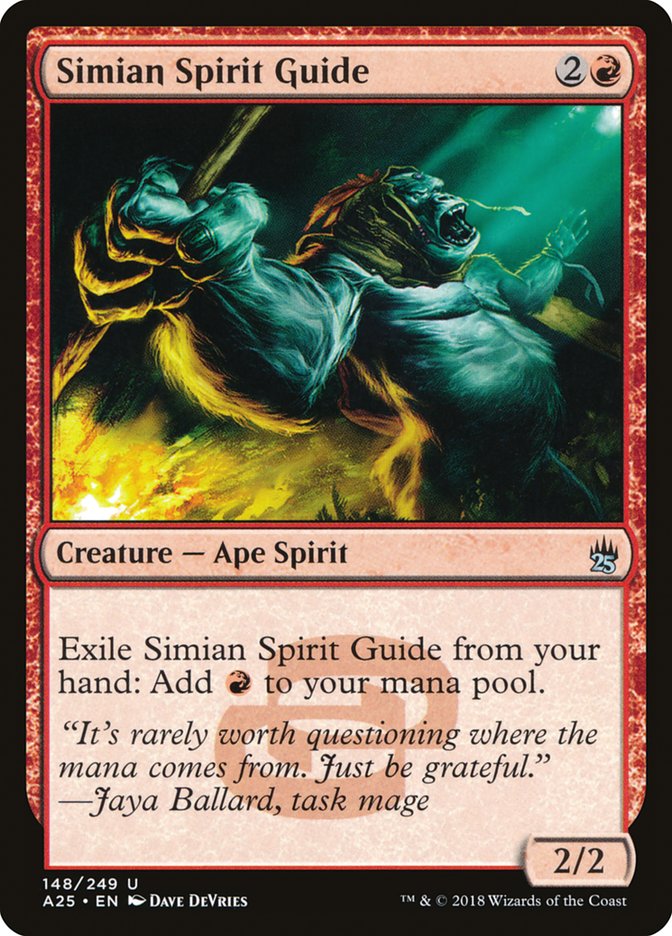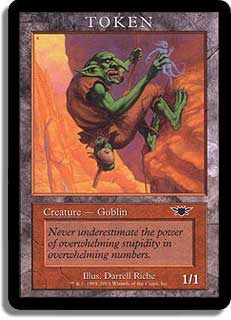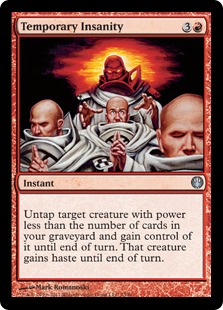Today I’ll discuss how I would build Grixis, Azorius Control, Tron, and Bridgevine in the world of Modern Horizons. I believe Bridge from Below (and possibly other cards) should and will be banned eventually; however, the decks discussed today are for the format as it is now, with no new bans.
Faithless Looting might be the best card in the deck, and maybe it will get banned, maybe it won’t. I just think as long as Bridge from Below; Hogaak, Arisen Necropolis; and Altar of Dementia are legal, there’s gonna be a problem.
Altar of Dementia is extremely synergistic with everything in the Bridgevine deck, of course (even cutting off many exile effects, like Anger of the Gods), but the interaction with Hogaak is particularly intense. Altar of Dementia means casting Hogaak will be very easy, since each creature effectively ups the graveyard count by three (two for the milling and one for the card now in the graveyard), to say nothing of any potential Bridges from Below.
Creatures (28)
- 4 Carrion Feeder
- 4 Bloodghast
- 4 Vengevine
- 4 Gravecrawler
- 4 Insolent Neonate
- 4 Stitcher's Supplier
- 4 Hogaak, Arisen Necropolis
Lands (19)
Spells (13)
Sideboard

Next, you can sacrifice Hogaak to mill yourself for eight. Now, you just need to have two creatures to convoke Hogaak with, which is particularly easy when you have Bridge from Below tokens getting made for free; Gravecrawlers, Bloodghasts, and Vengevines coming back; plenty of one-drops; and possibly even another Hogaak. Each time you tap two creatures to convoke it, you’ll also need to exile five cards from your graveyard (which is no problem, as you’re milling eight).
Each time you sacrifice a creature to Altar of Dementia, you’re getting another Zombie from Bridge from Below. If you find a second Bridge, you can mill your whole deck, which is even easier than it sounds, as you’ve got so many creatures coming back from the graveyard, you are likely to be able to mill a huge amount of your deck just piecemeal.
Once you’ve milled your whole deck, you can exile all your extra cards to keep casting Hogaak and then sacrificing it to mill your opponent for eight and make four Zombies, which can then mill your opponent for eight more. Even if you can’t mill your opponent out because of Emrakul, the Aeons Torn or whatever, you just stop milling yourself when you get down to the bottom couple of cards of your deck and be content with a hundred power worth of creatures.
While some folks play some dredge cards, like Stinkweed Imp, I prefer playing more one-cost creatures. It’s not like you even have trouble getting going, and they’re better to draw on backup plans when you’ve got to fight through hate.
My interest today is not getting into the weeds of the pros and cons of banning Bridge from Below, Faithless Looting, Neoform, or anything else in the format. I’m also not trying to rabbit-hole into the age-old debate about whether people can adapt. I’m also not trying to advocate for any course of action here, beyond preparing for an uncommonly degenerate format.
Twelve years ago, Flash had power-level errata removed that instantly transformed it into a busted combo engine with Protean Hulk. For two mana, you could play the Hulk from your hand, sacrifice it immediately, and trigger, searching up a winning sequence of creatures.
Whether finding Karmic Guide, Carrion Feeder, and Kiki-Jiki, Mirror Breaker; or Body Double, Carrion Feeder, Reveillark, and Mogg Fanatic; or even Disciple of the Vaults and zeroes (or even eventually Virulent Slivers and Heart Sliver in Vintage), killing someone after resolving a Protean Hulk trigger was not difficult.
If Level 0 was just playing Flash Hulk, Level 1 was using fast mana, such as Elvish Spirit Guide or the Chrome Moxes, to enable easy Turn 1 kills.
The format became extremely warped around this two-mana “win the game” combo, leading to the Level 2 strategy of playing some highly disruptive aggro deck.
This Level 2 of “fair decks” forcing interaction was pointed to as proof of the legitimacy of the format having Flash-Hulk remained unbanned. Quickly, however, successful Flash-Hulk players slowed down, using disruption on Turn 1 and focusing on winning on Turn 2.
Similar to cutting the actual dredge creatures from Bridgevine, this style of Flash sacrificed a little bit of the high-end to gain a little percentage in spots where it was assumed they would be fighting through hate.
The eventual best version of this Level 3 style was that of the late Gadiel Szleifer:
Creatures (9)
- 1 Kiki-Jiki, Mirror Breaker
- 1 Carrion Feeder
- 1 Karmic Guide
- 1 Body Snatcher
- 1 Sylvan Safekeeper
- 4 Protean Hulk
Lands (15)
Spells (36)
- 4 Brainstorm
- 2 Mystical Tutor
- 4 Duress
- 4 Force of Will
- 4 Daze
- 4 Cabal Therapy
- 4 Lim-Dul's Vault
- 1 Echoing Truth
- 4 Flash
- 1 Massacre
- 4 Peek
Sideboard

There’s even a single copy of Massacre to find with Mystical Tutor or Lim-Dul’s Vault, because whatever your “fair” deck is, it probably loses to Massacre.
In the end, the trophy was taken by Steve Sadin using Billy Moreno’s Level 4 take on the format, Counterbalance–Flash:
Creatures (12)
- 1 Kiki-Jiki, Mirror Breaker
- 1 Carrion Feeder
- 1 Karmic Guide
- 1 Body Snatcher
- 4 Dark Confidant
- 4 Protean Hulk
Lands (14)
Spells (34)
- 4 Sensei's Divining Top
- 4 Brainstorm
- 4 Mystical Tutor
- 4 Force of Will
- 4 Daze
- 1 Echoing Truth
- 4 Flash
- 1 Massacre
- 4 Chrome Mox
- 4 Counterbalance
Sideboard

While still capable of Turn 1 kills thanks to Chrome Mox, the Sadin/Moreno list really was the control deck in the format (Flash-Control, with Gadiel’s list being Flash-Midrange and the Level 1 style being Flash-Aggro).
Degenerate formats can get really weird.
.
.
.
I was watching Kanister‘s stream with a friend, who asked if this new Bridgevine deck he was playing was the real deal. I explained why it was so busted and how format-warping it was, and without even missing a beat, his opponent Simian Spirit Guided out a Game 1, Turn 1 Rest in Peace, since that’s the format these days…
And it’s a good thing they had the Simian Spirit Guide, because Kanister was on the play and could easily have presented a Turn 2 clock if he had gotten to play Turn 2 without disruption.
If we’re going to play this silly format, we can’t necessarily wait until Turn 2 to interact (let alone waiting until Game 2). For instance, are we supposed to consider stuff like:
Creatures (2)
Planeswalkers (6)
Lands (23)
Spells (29)

Even with maindeck Leylines, I do wish we had a little bit better of removal for Hogaak when it actually sticks.
One note about abusing the London Mulligan rule with this deck: it’s not just that you’re getting access to Leyline of the Void Game 1 (which is especially impactful in tournaments where you know what you’re facing). It’s also that, when you go to six or five, you’re going to be putting a card or two on the bottom anyway, so dead cards are meaningfully less negatively impactful than they used to be, such as Leyline in the wrong matchup. Besides, it’s not like there isn’t some value to messing up Snapcaster Mage, Arclight Phoenix, Tarmogoyf, Eternal Witness, etc. etc.
Of course, it’s possible we’re not playing a powerful enough strategy at a baseline. I mean, even if we get Leyline of the Void down, we could easily still get run over by the random one- and two-cost creatures. Perhaps we should be looking to Azorius instead. Rest in Peace isn’t as fast as Leyline of the Void, but Path to Exile and Oust are better removal than black has available. Besides, Teferi, Time Raveler and Teferi, Hero of Dominaria might be a more compelling planeswalker package than Liliana of the Veil.
Creatures (6)
Planeswalkers (7)
Lands (25)
Spells (22)

I don’t think this list has enough yet, but it’s worth noting that the more we look to Rest in Peace, the more we probably want to consider cutting Snapcaster Mage (which doesn’t play nicely with Rest in Peace, of course).
If we were sticking to Leyline of the Void, what about something more powerful, like Eldrazi Tron?
Creatures (17)
Planeswalkers (4)
Lands (24)
Spells (15)

Game 1 is going to be challenging, but at least we’re fast, Chalice of the Void on one is amazing, have access to Tormod’s Crypt and Pithing Needle (naming Altar of Dementia), and can sideboard the playset of Leylines. That said, is it really out of the question to maindeck some or all of them? I think playing a land like Bojuka Bog is too slow to be worth it, but maybe there are other on-strategy tweaks we can look to.
Walking Ballista for zero is an important play to be aware of, letting you kill opposing copies of Bridge from Below.
If we wanted to stick to traditional Tron, I would still be inclined to look to Leyline of the Void, even if only sideboarded:
Creatures (5)
Planeswalkers (10)
Lands (19)
Spells (27)

At the end of the day, however, my thoughts turn to the same tactic employed by Steve Sadin and Billy Moreno. Why not play a version of the degenerate deck that wins the mirror?
Creatures (27)
- 4 Carrion Feeder
- 4 Bloodghast
- 3 Vengevine
- 4 Gravecrawler
- 4 Insolent Neonate
- 4 Stitcher's Supplier
- 4 Hogaak, Arisen Necropolis
Lands (18)
Spells (15)
Sideboard

Why three Leylines? Well, I mean, sure, depending on your read, I think two or four is fine. I just wanted to start at three, since it has typically been a good number for when you are highly motivated to find a specific card but want to really reduce the chances of drawing two copies. I figure we’ll be mulliganing enough with this deck anyway, not to mention being able to loot a worthless copy away, that drawing one dead card is a fair bit less costly to us than drawing two.
That said, Leyline of the Void does fight many “fair” cards and strategies, and at the end of the day, it even protects our Bridge from Below from being exiled on account of opposing creatures dying.
Just watch out for tokens dying, as Leyline (weirdly) only exiles nontoken creatures that die. If someone kills their own token, they’ll still get to exile your Bridges despite the Leyline.
I can’t even begin to grok the full range of the insanely warped and inbred metagame technology that will emerge in response to Hogaak, Arisen Necropolis; Altar of Dementia; and Carrion Feeder, but I am confident that this format is truly broken, will lead to bans, and will definitely be an extremely wild ride.
Things are going to be temporarily insane. We might as well lean into it.


